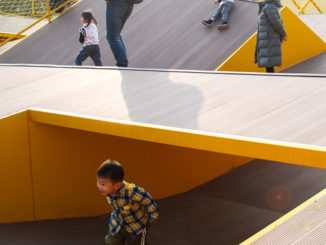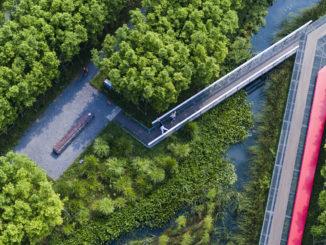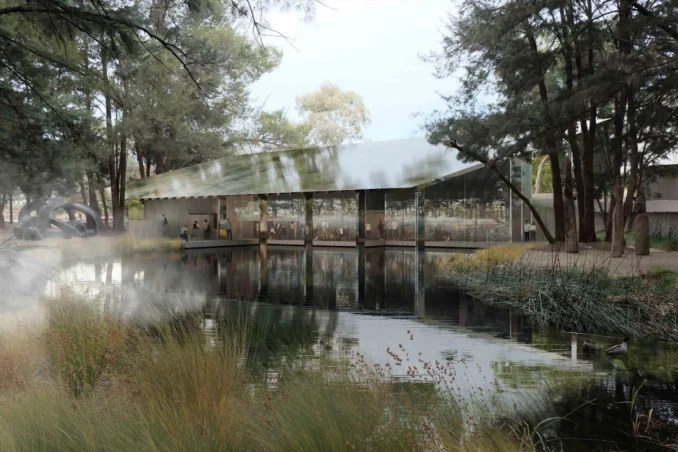
The National Gallery of Australia has announced the multidisciplinary team CO-AP Holdings, comprising CO-AP, Studio JEF, TARN, and Plus Minus Design, as the winner of the National Sculpture Garden Design Competition.
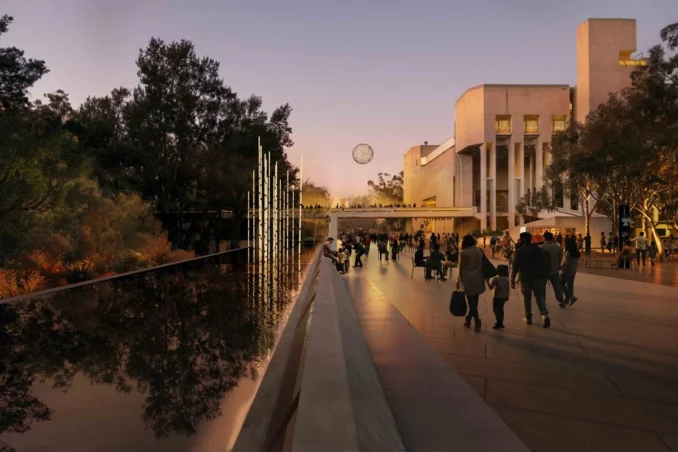
The winning team was selected for its vision of the National Sculpture Garden, which is based on respect, care, and future ambition for the iconic three-hectare site. The National Gallery and the CO-AP Holdings team will work together to revitalise the National Sculpture Garden and create a living gallery for the 21st century.
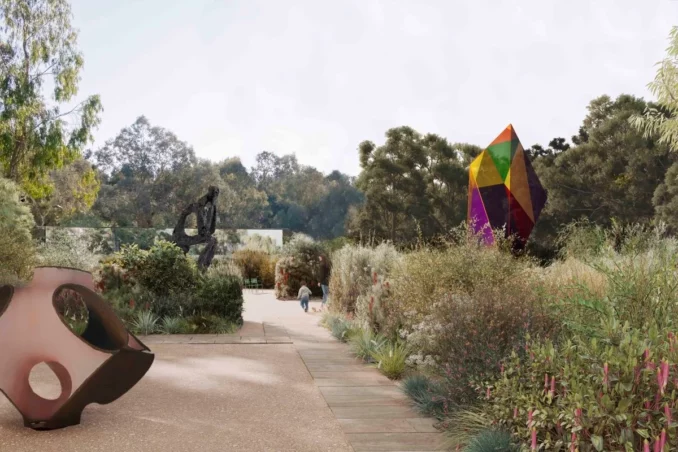
National Gallery Director Dr Nick Mitzevich said CO-AP Holdings won the competition with a thoughtful approach that showed sensitivity and respect for the garden’s history and heritage. The plan for renewing, reconnecting, and revitalising existing gardens and infrastructure more than doubles the space for public art while creating opportunities for new experiences and a permanent building.
National Gallery Director, Dr Nick Mitzevich said: ‘The Jury were struck by the devotion and care CO-AP Holdings had for the National Sculpture Garden. CO-AP Holdings understood the significance and gravitas of the existing garden and its legacy, but also the importance of bringing the garden into the 21st century.’
The National Gallery will now begin working with CO-AP Holdings and key stakeholders to develop a design for National Sculpture Garden over 2025.
Throughout the competitive process, CO-AP impressed the Jury with a number of design options that showed their understanding of the existing garden while skilfully outlining a sustainable approach for its long-term future. Their draft design imagined a Sculpture Garden that re-connects the National Gallery with the surrounding landscape; enhancing accessibility, lighting and amenities across the site, while creating a sustainable future for both the gardens and art. The Jury highlighted a number of design elements put forward by the winning team that will be explored for the final design including:
- Replacing the existing Sculpture Garden marquee with a permanent stainless-steel and glass pavilion that creates a new space for exhibitions, events and education programmes, while immersing visitors in the surrounding landscape.
- Creating seven distinct and interconnected gardens that weave their way around the National Gallery in a continuous circuit. The gardens will showcase Australia’s rich biodiversity, transforming the current summer, winter and spring gardens into eucalypt forests, a fern gully, casuarina groves and grassy woodlands.
- Introducing a new promenade and multi-use campus square at the National Gallery forecourt, creating a welcoming space for visitors and new display opportunities for art.
- More than doubling the space for art and cultural experiences across the National Sculpture Garden.
- Embedding First Nations principles and perspectives into the ongoing development of the design, and continued care of the garden, as a core principle of its future, ensuring continued stewardship and connections to Country.
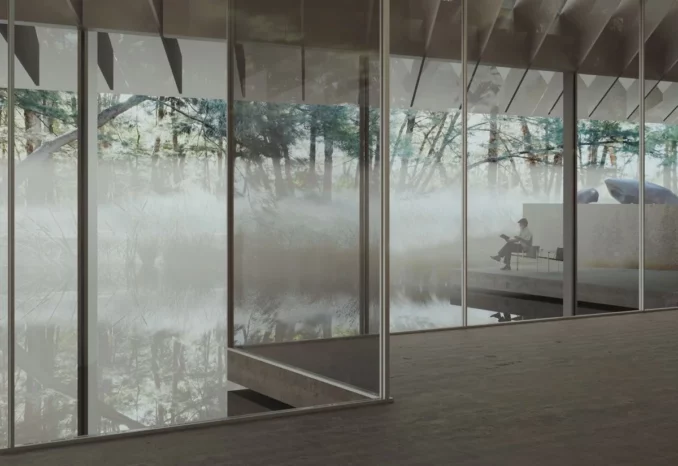
The competition winning team participants include architect Will Fung (CO-AP), landscape architect Johnny Ellice-Flint (Studio JEF), horticulturalist Robert Champion (TARN), architect Phillip Arnold (Plus Minus Design), First Nations consultant Bradley Mapiva Brown (Bagariin Ngunnawal Cultural Consulting), artist Leila Jeffreys, structural engineer PMI Engineers, lighting designer Arup, wayfinding consultant Studio Ongarato, heritage consultant CAB Consulting, art consultant Felicity Fenner and quantity surveyor Heymann Consulting.
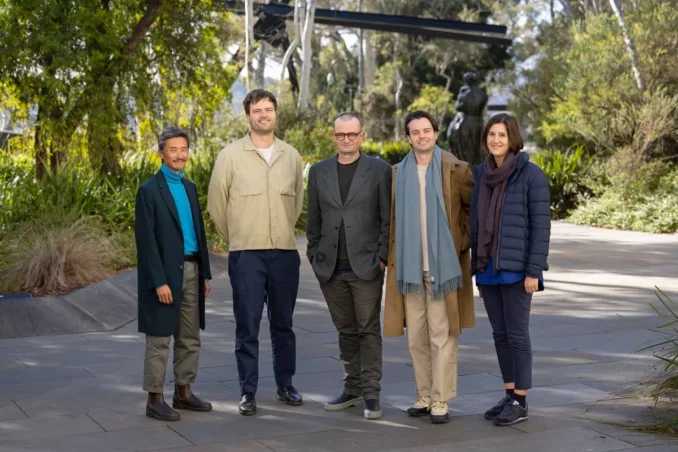
Will Fung from the CO-AP Holdings team: ‘On behalf of our entire design team we are incredibly excited to be selected as the winner of the Sculpture Garden Design Competition. We decided to enter the competition because we shared a deep love for the Sculpture Garden originally designed by Harry Howard, Barbara Buchanan & Roger Vidler. It is the most important modernist landscape in Australia and provides a beautiful counterpoint to Colin Madigan’s magnificent gallery building. We feel that this is a sustainable and respectful design decision. We are very much looking forward to exploring, developing and implementing our ideas for the National Sculpture Garden with the National Gallery of Australia.’
The winning design team for the National Sculpture Garden Design Competition was selected unanimously by a Jury of distinguished experts, chaired by architect and Chair of the Heritage Council of Victoria Prof Philip Goad, National Gallery Director Dr Nick Mitzevich, Barkandji artist and curator Nici Cumpston OAM, and renowned Chilean landscape architect Teresa Moller.
The largest investment into the garden since its creation, the National Sculpture Garden project will be realised through philanthropic support.


